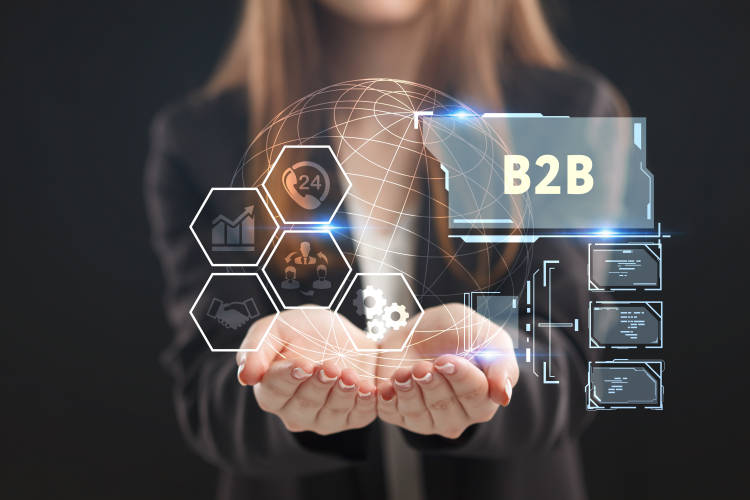Ask anyone about an exemplary customer service experience; they would name brands like Apple, Ritz Carlton, Disney, Netflix, American Express and more. Now, shift the spotlight to the B2B space and pose the same question to the industry folks. They’ll likely cite brands such as Adobe, Slack, Wells Fargo, General Electric and more.
But how do these stalwarts of the B2B landscape measure up against their B2C counterparts in terms of customer service?
While business-to-consumer (B2C) enterprises enjoy widespread visibility, impacting the lives of billions of consumers worldwide, insiders acknowledge that B2B customer service has quietly achieved a level of excellence worthy of acclaim, even if it remains somewhat understated.
This blog will delve into B2B customer service, distinguishing it from its B2C counterpart. We will also explore how it varies across industries and examine the best practices underpinning its success with some real-life examples.
What is B2B customer service?
Business-to-business (B2B) customer service is the support businesses provide to fellow businesses using their products or services. B2B customer service typically involves troubleshooting issues, offering product training and support, account management, feedback collection and relationship building unique to the client’s needs.
B2B customers heavily rely on their service providers since their business vitality and reputation depend on the support. Customer service metrics such as customer response times and SLAs are instrumental in determining the efficiency of B2B customer service.
Given the complex decision-making and heightened stakes inherent in B2B transactions, customer service terms are typically predefined and executed through mutually agreed-upon service contracts or service level agreements (SLAs). This ensures clarity and accountability in the service delivery process.
Keep it handy: 5 ways to improve customer response times
B2B vs. B2C customer service
As B2B buying journeys involve multiple decision-makers and stakeholders, the customer service ethos matters across all touchpoints. Unlike B2C, B2B customer service can start from the very first interaction.
For instance, sales emails can strive to address customer needs, answer questions proactively and provide valuable insights rather than just pitching products or services. This approach leads to instant customer satisfaction and long-term trust and loyalty.
Let's look at a few critical differences between B2B and B2C customer service.
Key parameters | Key parameters | B2B customer service |
Customer base | End consumers | Businesses/Enterprises |
Complexity of interactions | Simple 1:1 interaction, the end user is the decision-maker | Complex interactions at different organizational hierarchies and departments as purchase decision is influenced by multiple stakeholders |
Personalization | Depends on the industry. Whenever done, mostly automated | Communication is highly personalized to each customer’s unique needs and rarely automated |
Communication channels | Omnichannel customer service involving platforms like call, chat, social media, email, instant messaging services | Delivered through dedicated account managers or specialized teams who use formal channels like email, video chat, in-person meetings and phone calls |
Interaction volume and value | Higher volume of transactions, often with lower monetary value per transaction | Lower volume of transactions with higher monetary value per transaction. |
Feedback | Feedback might be more about user experience and features. | Feedback is primarily focused on customization, integration and technical support. |
Duration | Often shorter-term interactions, with a focus on single transactions | Long-term relationships, with ongoing interactions and account management. |
Customer expectations | Mostly manual-driven and delivered through engineers. For online products or services, it’s mostly automated through intuitive guides, FAQ chatbots and help centers | Includes personalized onboarding, in-depth product training, a dedicated account manager and 24x7 support |
SLAs are often less formal or standardized and not stringent | Formal SLAs with agreed-upon response times, resolution times and service quality standards | |
Resource training | Service scope is limited and case-based. So training is simpler. | Agents need sound product understanding. So training is relatively complex. |
How B2B customer service varies across different industries
B2B customer service processes vary significantly from industry to industry because of product nature, complexities and service scope. Let's look at how B2B customer service works across sectors.
Technology services
Technology products are complex and ever-changing. B2B customers rely on their service providers to get the most out of their technology investments.
Nature of service
Answering customer queries
Helping troubleshoot problems via agent assistance and customer self-service
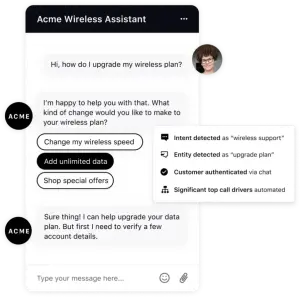
Providing training on product and service usage
Communicating proactively about potential service interruptions
Resolving customer issues
Managing client accounts
Routine service, maintenance and updates
Service focus
Employing monitoring systems to anticipate and address potential challenges, minimizing client operations disruptions.
Soliciting feedback and dispensing information about upcoming events, deals and loyalty programs
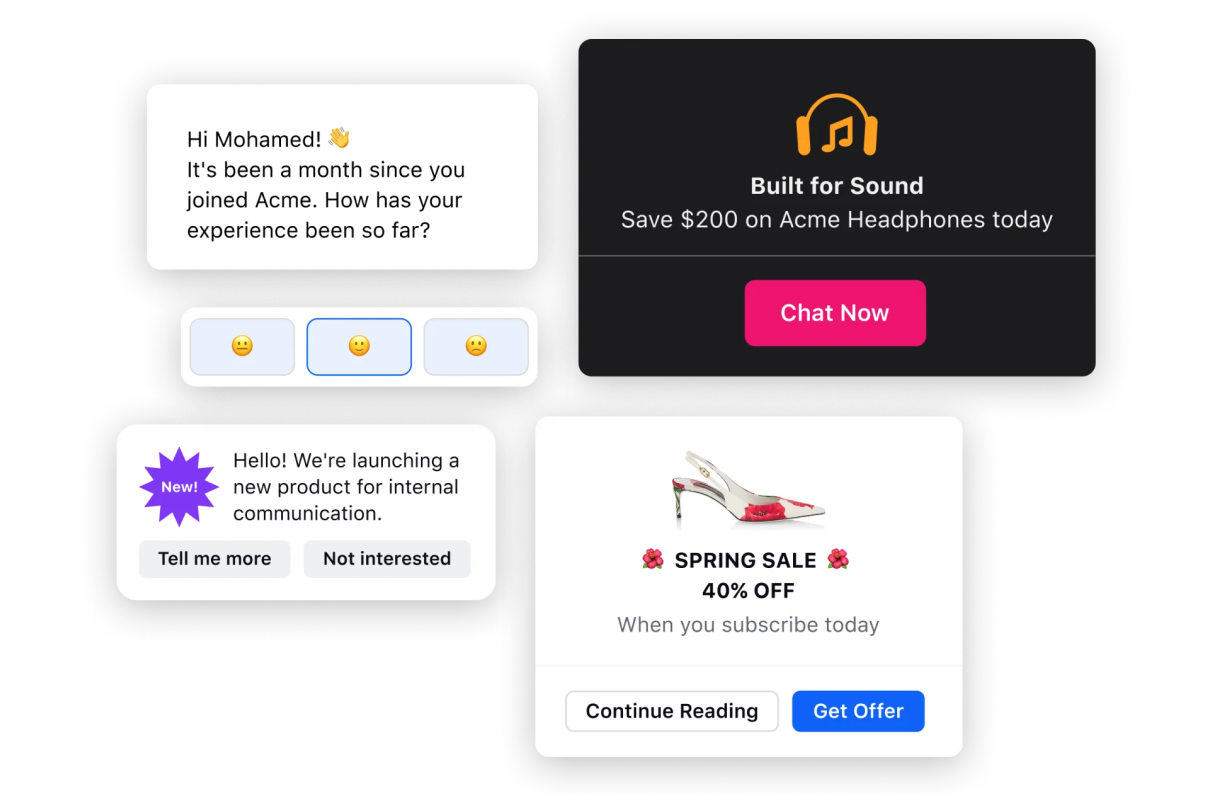
Consumer packaged goods (CPG) industry
The CPG industry requires intricate coordination to meet fluctuating demand, manage inventory and support retailers with marketing collateral and promotional efforts.
Also, they rely on robust customer service to navigate product recalls or quality concerns swiftly and efficiently, safeguarding their brand reputation and consumer trust.
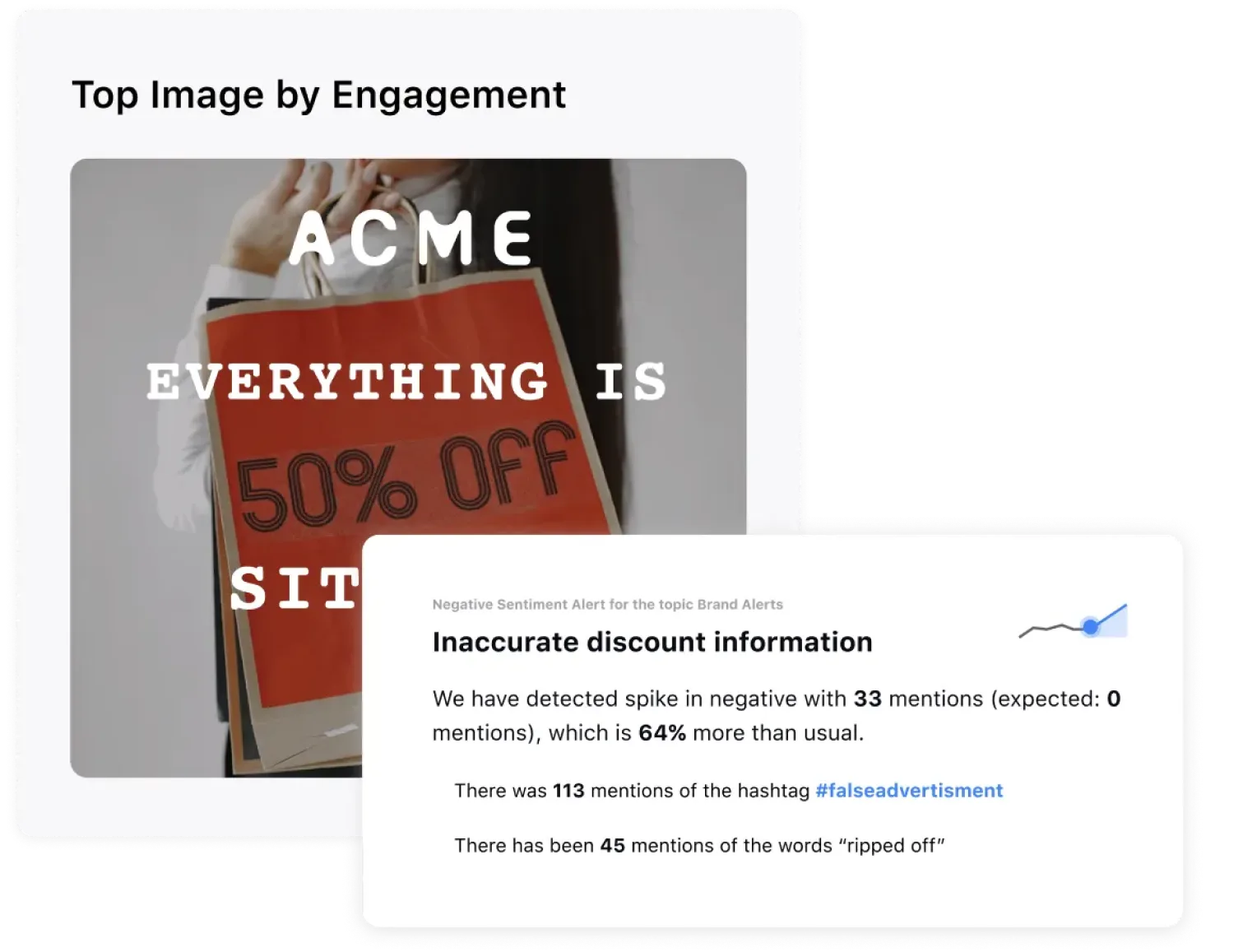
Nature of service
Detecting and classifying intent, transferring purchase queries to sales
Reducing customer effort by providing self-serve tools
Improving agent experience so they can deliver quick resolutions based on customer insights and unified customer profiles
Service focus: Maintaining robust supply chain operations to ensure timely delivery and availability of products while also providing adequate sales support to retail partners.
Retail services
Customer preferences, trends and competitive dynamics drive the retail industry. B2B customer service in retail extends beyond traditional transactions. It equips businesses with advanced point-of-sale (POS) systems, facilitates efficient inventory management solutions and supports visual merchandising.
The online retail sector is equally crucial, with B2B services focusing on creating seamless e-commerce platforms and websites for large companies seeking digital presence and new-age D2C companies giving established brands a run for their money.
Nature of service
In the retail sector, B2B customer service equips businesses with the tools and support they need to succeed in a competitive market.
Point-of-sale (POS) system support
Inventory management solutions
Visual merchandising support
E-commerce platform and website development
Marketing and advertising services
Service focus: Enabling retailers to optimize their operations, both in physical stores and online, through effective use of technology and strategic marketing efforts.
Must read: A guide to retail customer service (+ tips to improve it)
Financial services
The financial services sector underpins global economies, providing the essential infrastructure for monetary transactions, investments and wealth management.
B2B customer service in this sector ensures the smooth operation of banking and transactional systems and provides AI-powered financial software and technology solutions.
Financial services firms also provide expert advisory services for investment and wealth management, enabling businesses to make informed financial decisions.
Nature of service
B2B customer service in financial services is centered on providing the tools, technologies and support necessary for businesses to manage their finances effectively.
Banking and transactional support
Financial software and technology solutions
Risk management and compliance support
Investment and wealth management advisory
Payment processing and merchant services
Service focus: Ensuring the security, accuracy and efficiency of financial transactions and operations while providing strategic financial advice and solutions.
Good to know: Modern customer self-service software guides your customers to the answers and services they need through online communities, knowledge portals and chatbot support powered by conversational AI — leading to faster resolutions and happier customers.
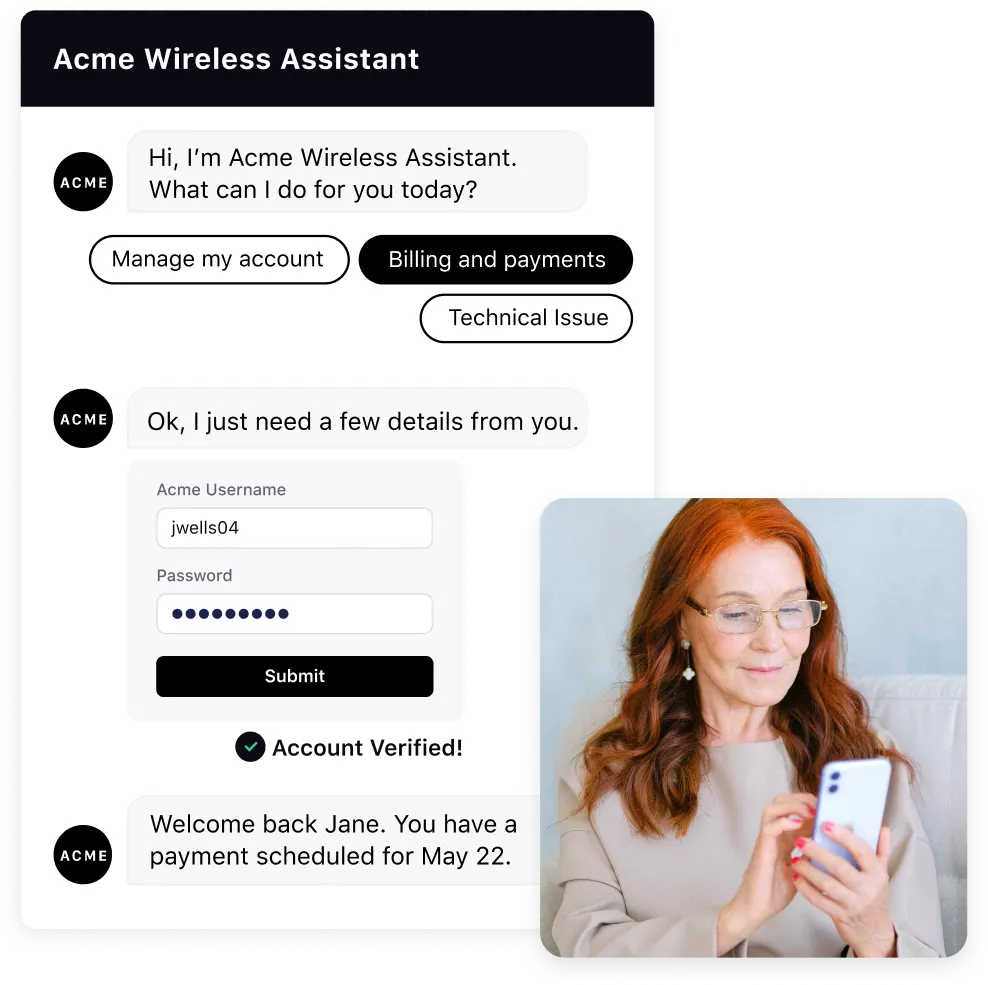
Read more: 5 ways financial services can differentiate with customer service in 2023
Travel and Hospitality Industry
In the travel and hospitality industry, the key focus is always on personalization, which elevates the service experience, creating seamless and unforgettable moments for customers. B2B customer service strategies in this sector are meticulously crafted to empower businesses to deliver highly personalized customer experiences.
Nature of Service:
Assisting with reservation and booking management for hotels, flights and other travel services
Providing training on travel management platforms and booking systems
Offering support for loyalty programs and rewards management
Managing client accounts, including billing, invoicing and reporting
Conducting routine updates on travel listings and promotions.
Service Focus: Leveraging data analytics and contact center CRM systems to create personalized travel experiences, optimize pricing strategies and enhance customer satisfaction.
Good to know – Modern agent assist software instantly analyzes case context and reveals the suggestions to agents in real time, helping you resolve customer queries 50% faster.

6 best practices to adopt for your B2B customer service
In the B2B sector, pricing often takes a backseat to the value of a dependable solution coupled with exceptional customer service.
However, in today's digital landscape, even an unintended slip-up in customer service can reverberate as an indelible mark on review platforms and social media, potentially tarnishing your meticulously built brand reputation.
To navigate this terrain, embracing best practices in B2B customer service is imperative.
1. Dig deep into your client’s issues
Dive deep into your client's industry, business model and unique challenges. Familiarize yourself with your client’s industry, business model, goals, target market and competitive landscape. Having in-depth knowledge of your client’s competitive advantage and areas for improvement helps you tailor your offerings, thereby establishing you as an irreplaceable service provider.
Example: if you're serving a software-as-a-service (SaaS) company, understanding their subscription-based revenue model and the need for scalable, reliable software is crucial. This knowledge enriches the support and solutions you provide.
2. Be proactive and exceed expectations
Don't wait for customers to come to you with problems. Be proactive in identifying and resolving potential issues and go the extra mile to exceed their expectations.
You must understand that in an era where product differentiation is extremely difficult, how you deliver service will help you stay ahead of the curve.
Example: A cloud computing company could proactively monitor its customers' usage patterns and identify potential performance issues. The company could then proactively contact the customer to help resolve the issue before it becomes a problem.
Suggested read: Tips for creating a proactive customer service strategy
3. Offer personalized support
Today, captivating customers solely with products has become a rare feat. While they may choose your service today, failing to meet their evolving service standards tomorrow could swiftly lead to attrition.
Hence, comprehending your client's distinct needs and delivering tailored, hands-on assistance not only imparts a sense of value but could potentially be the decisive factor that sets you apart in critical moments.
Example: A software company could offer its customers a dedicated account manager responsible for understanding their business and providing personalized support. The account manager could also keep the customer updated on the latest product releases and features and offer them training on using the product to meet their specific needs.
Watch: The human touch: How personalized experiences can drive business growth
4. Prioritize Clear Communication
Establish a communication cadence that suits your client's preferences. Be transparent about pricing, any hidden charges, service updates, potential disruptions or changes that may impact their operations.
Example: In the event of a planned system upgrade, communicate well in advance, explaining the benefits and potential downtime. This allows your client to prepare and minimizes any unexpected disruptions.
Editor’s pick: How to manage crisis communication in 2023 (+ checklist)
5. Be responsive and timely
In B2B customer service, half of the battle is won if you respond timely. Also, your focus should not only be on finding solutions but also on finding them faster so customers can return to using the product or service.
Example: A hardware company could offer customers 24/7 customer support via phone, chat and email. The company could also provide a priority support service for its enterprise customers.
6. Seek continuous feedback
Conduct thorough customer surveys to assess and gauge CSAT scores. Foster an environment of transparent communication, encouraging clients to share their experiences and insights. Dedicate time for in-depth analysis, particularly of negative feedback. Try to find out the root cause and solve it at the earliest.
Furthermore, for feedback that exceeds the current capabilities of your product, collaborate closely with your product or R&D team. Evaluate the strategic importance of addressing such gaps and explore potential avenues for customization to cater to the unique needs of your customers. This proactive approach demonstrates a commitment to adapting and evolving in response to client input.
Good to know: Running surveys and measuring CSAT is not a daunting task anymore. Modern customer satisfaction software helps you predict CSAT and run automated CSAT surveys — delivering the data-driven insights you need to build better service experiences on all channels.
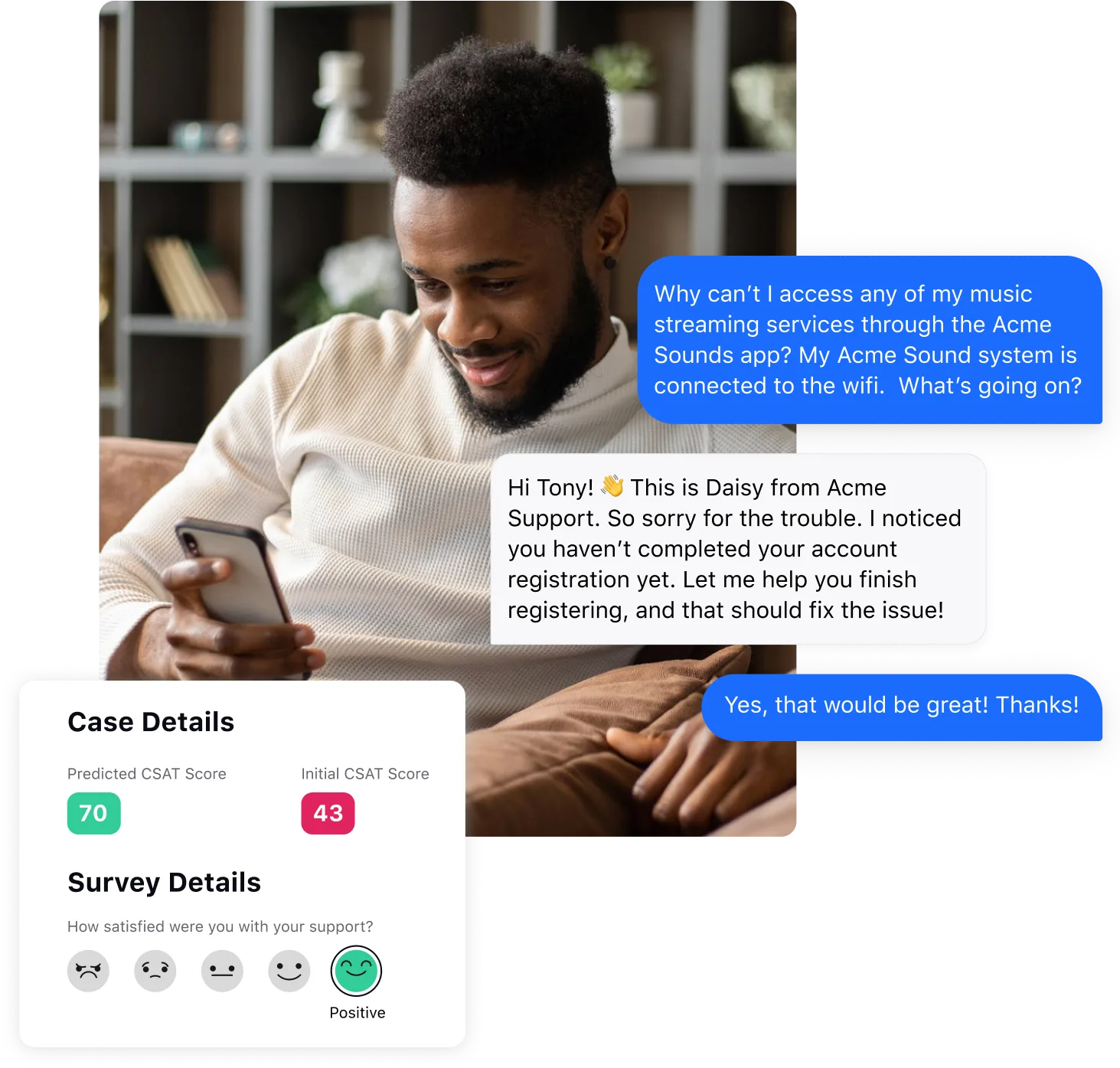
Examples of excellent B2B customer service
1. Wells Fargo
Wells Fargo delivers B2B customer service, particularly for small businesses, by offering a wealth of educational resources for business growth. These resources cover diverse topics, including marketing and payroll, empowering small business owners to build and grow their companies.
2. Workday
Workday is a top workplace with a reputation for inclusivity, personalized career development and a culture of continuous feedback. The company goes above and beyond to collaborate with each client to create custom strategies for achieving their goals.
To facilitate this, every client is assigned a dedicated customer success manager (CSM) who provides guidance and support, as well as access to additional resources, all geared towards helping them achieve their desired outcomes.
Putting the B2B customer service theory into practice
While we have discussed B2B customer service in depth, the real challenge lies in implementation.
First and foremost, it's crucial to embed a customer-centric culture throughout the organization. Customer service should not be confined to a single department but ingrained in the company's DNA. This cultural shift ensures that every interaction, from sales to support, prioritizes the client's experience.
Second, regularly assess the effectiveness of your B2B customer service strategies and adapt to changing customers' needs and market changes. By consistently putting theory into practice, B2B companies can meet and exceed their clients' expectations, fostering lasting partnerships and sustainable growth.
Finally, investing in the right tools is essential. B2B customer service can significantly benefit from AI and automation tools that scale tasks and provide insights for better decision-making. Sprinklr Service, built upon the world’s first unified customer experience management (Unified-CXM) platform and powered by an industry-best AI engine, has helped B2B companies deliver efficient, consistent and personalized service at scale. Here’s how you can benefit from Sprinklr Service -
Unify customer conversations across 30+ support channels, including voice and live chat
Gain maximum context about customers with 360° views to provide personalized support
Scale your customer service efforts as your userbase grows with extensive automation capabilities and conversational AI bots
Providing a secure platform to store sensitive customer data with extensive access control and PCI-compliant data collection mechanisms
Take a 30-Day Free Trial today!
Frequently Asked Questions
B2B companies often use key performance indicators (KPIs) such as customer satisfaction scores (CSAT), net promoter score (NPS), customer retention rates, response times and other feedback metrics to assess the effectiveness of their customer service strategies.
